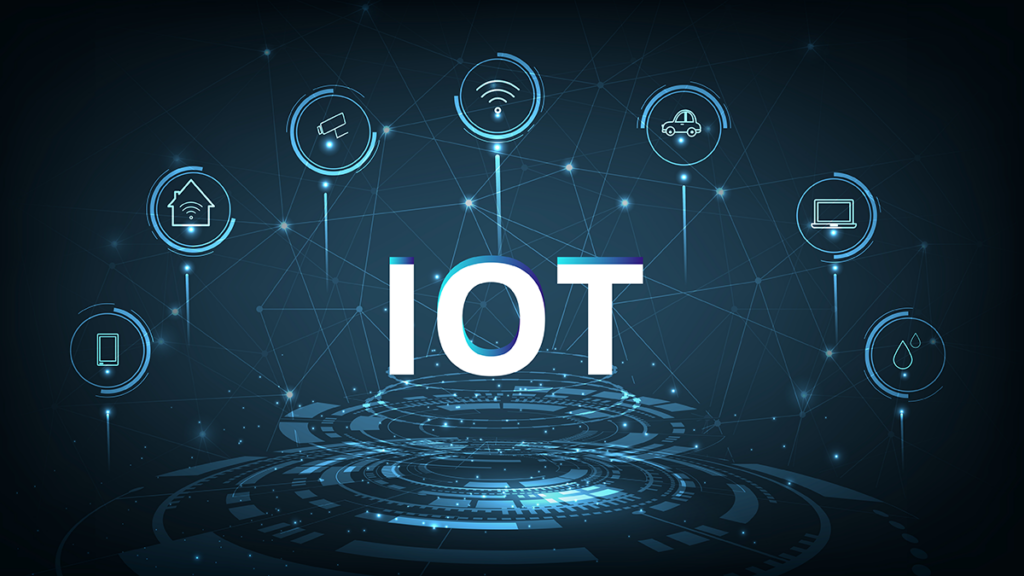The rollout of 5G and 400Gbps networks heralds a transformative era for the IoT, with its promise of swifter and more reliable connectivity paving the way for novel applications. This revolution allows for an unprecedented number of devices to be interconnected, enabling organisations to make significant strides in automation and operational efficiency.
Estimates from 2023 suggest that the global count of connected devices could be anywhere from 15.14 billion to 41.76 billion, highlighting the IoT’s dramatic and continuous expansion. This growth spans numerous sectors, including agriculture, healthcare, manufacturing, and transportation, showcasing the IoT’s capability to redefine service delivery across various industries.
Examining the risks
However, this rapid adoption of IoT technology is not without its challenges. Every device added to a network represents a potential vulnerability, serving as a gateway for cyber threats. Forrester’s ‘The State of IoT Security 2023’ report identifies IoT devices as prime targets for cyber-attacks, underscoring the critical need for enhanced security measures as these networks evolve.
The Complexity of Security in the IoT Landscape The introduction of more IoT devices complicates network management, not just in terms of quantity but also due to the diversity of devices and their respective systems, protocols, and security measures. This diversity can create security gaps and complexities in safeguarding the network.
A notable concern is the lack of security focus in many IoT devices, some of which may lack any security features at all. Often, security considerations are an afterthought, leaving devices without fundamental protections such as access control and encryption. This oversight renders them vulnerable to cyber-attacks.
Moreover, the inherent characteristics of IoT devices complicate the process of updating or patching them, making vulnerability management a daunting task. The limited processing capabilities, the necessity for continuous operation, and the variety of operating systems complicate timely updates, particularly for non-mainstream operating systems. Should an attacker exploit a vulnerability, the impact could transcend the compromised device, enabling the attacker to access further systems and data.
Additionally, IoT security threats can often be invisible, with a long supply chain involved in the development process. This chain includes chipset vendors, hardware manufacturers, and software developers, with no single entity taking full responsibility for the device’s security.
Doing due diligence to minimise potential damage
Strengthening defences against IoT threats: The introduction of the UK’s Product Security and Telecommunications Infrastructure (PSTI) Act signifies a pivotal move towards improving IoT security standards. While this legislation sets a foundation for enhanced security, it is vital for organisations to remain proactive in assessing and securing their IoT devices.
Evaluating the security features of devices, auditing providers, and considering the integration within network infrastructures are essential steps: Maintaining updated devices and conducting regular security assessments, along with providing cybersecurity training for staff, are crucial for safeguarding against threats.
Implementing a Zero-Trust Network Access (ZTNA) framework: is a proactive measure to mitigate risks. By verifying every access request and limiting permissions strictly to necessary resources, ZTNA helps to minimise the damage from potential breaches.
Navigating IoT expansion with vigilance
IoT presents vast opportunities for innovation and efficiency across various sectors. Nevertheless, it is imperative to approach this expansion with an awareness of the associated security challenges. The IoT’s integration into operational processes is not merely a technological upgrade but a complex security endeavour requiring comprehensive strategies.
Although regulations such as the PSTI Act are commendable for setting security standards, the ultimate responsibility for device security rests with the organisations themselves. Embracing thorough security assessments, implementing solid security practices, and fostering a culture of cybersecurity awareness are indispensable steps.
As the IoT landscape continues to grow, so too must our strategies for cybersecurity. Balancing the potential benefits against the risks is crucial, and while the IoT’s prospects are indeed promising, adopting a cautious approach to device integration is essential for safeguarding our digital future.
Rob Pocock is Director of Technology at Red Helix.
